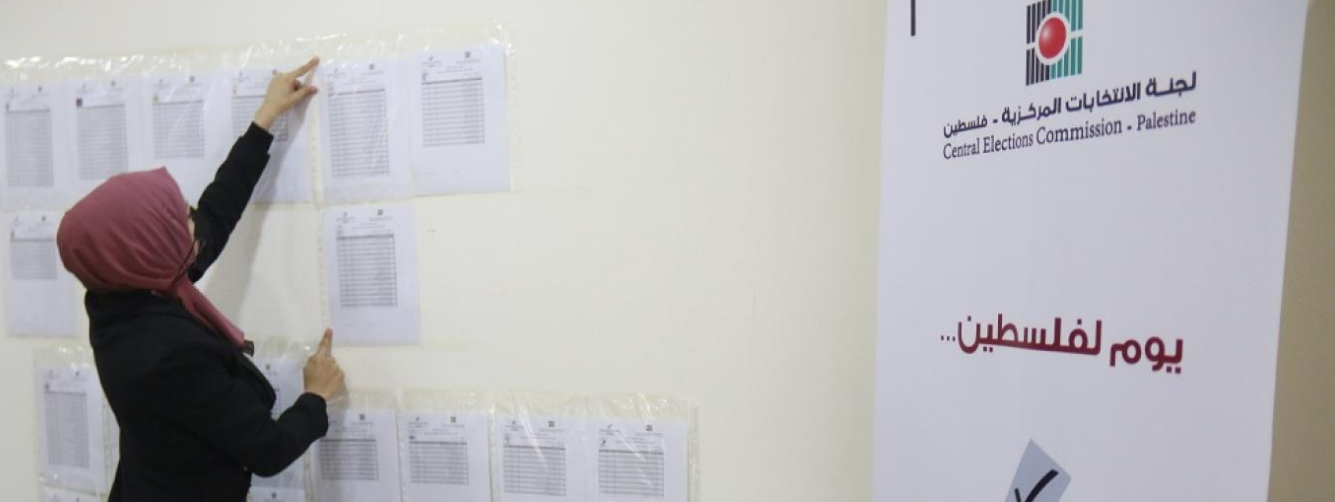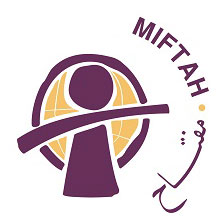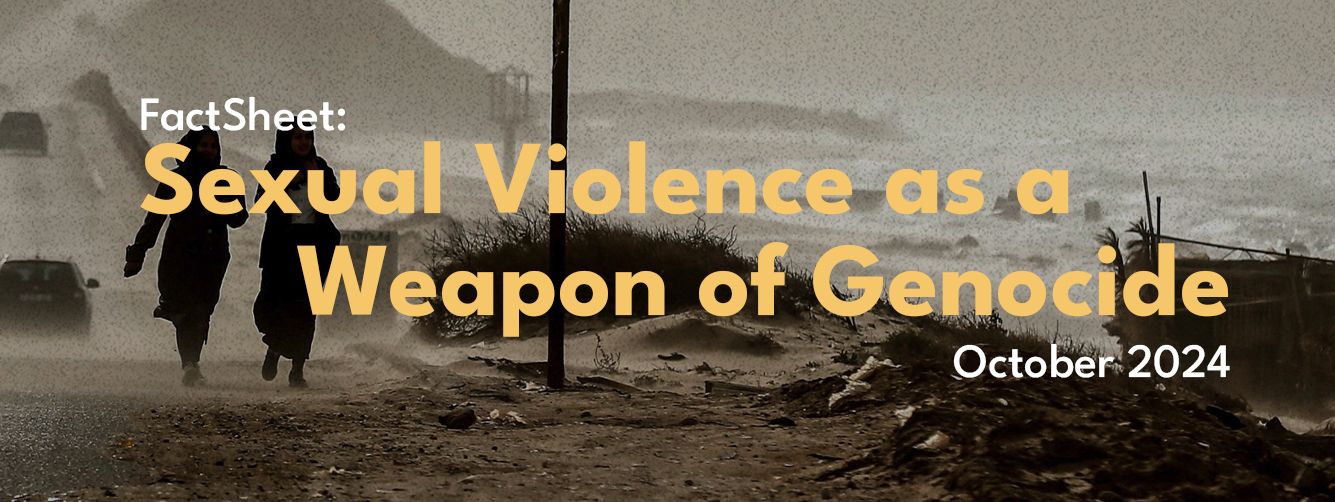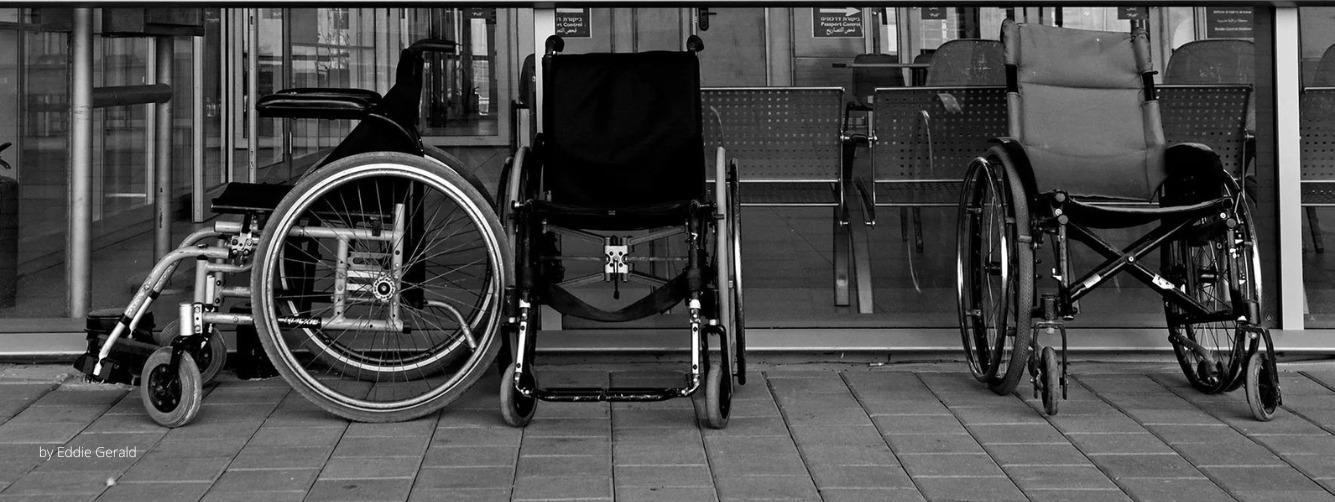
Introduction:
Elections are considered the foundation of democratic legitimacy and the mechanism that guarantees the peaceful transfer of political power. Elections give citizens the opportunity to choose their representatives and hold them accountable, given that elections are the basic component of any democratic system, directly linked to sustainable development through the intersection of voters’ interests with those of the prevalent political system.
While over the past 15 years, legislative elections were at best, irregular, and then completely absent, still Palestinians maintain the hope that local elections will be the means to overcome obstacles and eventually culminate in national elections. This is especially true since local elections are intrinsically linked to the Palestinian psyche as a means of defiance to the will of the Israeli occupation, which has been trying to impose municipal elections on the people since 1976. The goal of this was to create independent administrative districts that would directly negotiate with Israeli authorities. However, their efforts were in vain and the outcome was opposite to Israeli expectations because national leaders elected. These leaders were determined to honor the Palestinian identity and unity and reject all attempts to fragment this unity by isolating the population into geographic cantons.
In spite of unstable political circumstances and the lack of any horizon for a political solution, local elections were, for the most part, conducted on a regular basis. Only in the Gaza Strip have they not been held since the political division between Fatah and Hamas. Recently, a cabinet decision was passed on 6/9/2021 stipulating that elections would be held in two phases. The decision was criticized by civil society institutions, which opposed holding elections in phases, expressing their opposition by shunning their civic duty of monitoring elections.
Later, the Central Elections Commission [CEC] announced the end of phase one of local council elections in the West Bank in “Category C” village and town councils. The elections included 154 local councils, which ended in voting between two or more lists. Another 162 local councils were voted in by acclamation of one list and 62 councils presented either no list or an incomplete list, which was put to review by the Ministry of Local Government.
According to CEC data, the first phase of the 2021 local council elections showed the extent of women candidates in competing lists. Results indicated that the percentage of women who won through voting in lists was 20.5% and the overall percentage in all local councils (voting and acclamation) was 21.8%, which reflects a slight increase in the percentage of the women’s quota. This points to the importance of the quota, which maintained the presence of women in local councils, especially since there are many councils in Bethlehem for example, which refused to present a list on the premise of their rejection of women’s participation.
As for youth participation, according to CEC data, the percentage of youth between the ages of 25-35 was 21.7%; between 36-45 the percentage was 27.4%, between 46-55 it was 28.6% and those above 55 was 22.3%. It should be noted that the age of youth, according to the UN, is between 18-29 while the candidacy age in Palestine is still at 25 for local councils. The closest percentage to this was 21.7% up to 35 years of age, which drops to 19.4% in councils where elections were held, followed by 24.5% for the 36-45 age bracket.
Nine women head lists
Local council elections in Palestine only had nine lists headed by women, four of which ran. These were the “Tanmiya ou Tawtir List” in Deir Al Assal, in the Hebron district, “Al Amal Al Mushriq” in Qira, in the Salfeet district, “Al Wifaq Al Watani” in Beit Liqya, in the Ramallah-Al Bireh district, “Kafa’at Huwwara Al Ghad” in Huwwara, in the Nablus district and “Qadirat” in Burqin, in the Jenin district. The factional lists headed by women included the “Change and Building’ List in Zuwata, in the Nablus district, Fatah’s “Liberation and Building” Bloc in Dar Salah, in the Bethlehem district, Fatah’s “Liberation and Building list” in Kufr Zibad, in the Tulkarem district and the Beit Fujjar Tajmauna list in the Beit Fujjar district, which belongs to the Palestinian Popular Struggle Front.
Analysis:
- According to CEC data published in December 2021, the percentage of women candidates during the first phase of local elections was 24%, while women who won in electoral lists that competed for “Category C” local and village council seats was 20.5%. It should be noted here that 23% of women won their seats by acclamation, which indicates that women only maintained the minimum ceiling of the quota, which is 21.8% in electoral lists. This also indicates to the importance of a women’s quota in keeping women in local council seats and on their board.
Women in election campaigns
- This factsheet focuses on how visible women candidates’ pictures were in electoral lists. In numbers, women candidates were visible at a rate of around 28% in lists and electoral campaigns, with the Bethlehem district scoring the highest percentage at 60%, followed by Tulkarem at 56%. Meanwhile, some lists running in the elections in certain districts scored 0.0%; that is, a total absence of women’s pictures in their campaigns.
- These percentages indicate that we have a cultural problem with the image of women in social and political roles. The numbers show just how absent women’s images are in election campaigns for reasons associated with the local culture, which preferences the absence of women’s pictures.
- The continued violation of women candidates’ rights was another main reason for the absence of women’s photos during the election campaigns. Male candidates and list supporters absented women’s pictures by instead highlighting male community figures without consideration to the presence of female candidates. The CEC received several complaints in this regard.
- Some explanations as to why women’s pictures were not highly visible during the first phase of elections was that these elections were held in small and marginalized population areas, which therefore remained outside the circle targeted by CSO awareness-raising campaigns on the political participation of women and youth. This allowed for conservative thinking to take hold, which rejects the presence of women. Instead, these areas focused only on adapting to the requirements of the local elections law.
Women in competing electoral lists
- Some lists claimed that the presence of women in the lists vying for local council seats was somewhat superficial in that their names were included only to complete the requirements of the list and not as political or social agents.
- A mapping of the lists pointed to an absence of women heading electoral lists except in four cases. In spite of this positive progress, women continue to be the exception rather than the rule in imposing their presence as community leaders. Meanwhile, only 3% of women held the second seat on councils, with seat five being the highest percentage for women representation where it comprised 30% of the lists.
Recommendations:
- The absence of binding legal texts to regulate local election campaigns has allowed for the prevalent culture and conservative approaches to take hold, leading to women’s images being blocked in the campaigns. The Elections Law is devoid of any stipulations obligating lists to portray pictures of female candidates during their campaigns, which makes it imperative to introduce legal amendments that would guarantee equal visibility for all candidates, irrespective of gender, in addition to considering it a violation to block the image of any candidate.
- Much effort has been made by CSOs, political parties and legal persons to press for voluntary obligation of lists to publish the pictures of female candidates and not to infringe on their rights in the election campaigns. These efforts are represented in the CEC-issued codes of conduct and honor to ensure that candidates’ rights are not tampered with. However, in spite of this, there is still a huge gap regarding the voluntary commitment of these lists to the codes.
- The failure to more widely publish these codes of conduct and honor – the most recent being the code of conduct to combat infringement on women’s rights in local elections – has thrown the door wide open to practices that violate women candidate’s rights during the campaigns. These include smear campaigns against female candidates and hate speech directed against them, in addition to blocking their pictures.
- Passing laws that guarantee the necessary measures to preserve the rights of women candidates during the election campaigns, which in turn would provide equal spaces for male and female candidates without discrimination. This is in addition to taking the necessary measures to curtail violations, discrimination and threats to the personal safety of candidates.
- Promoting civil discourse as a practical condition of the democratic process, of which elections are considered one of its most important tools. The discourse would be based on respect for the values of pluralism, differences and non-discrimination on the basis of gender or cultural, social or religious background.
- The meager presence of women in the ordering of lists within the first four seats (most were in seats 5 and 9) is a reflection of the lack of recognition of women’s leadership roles at the political and social levels and within the context of women’s involvement in governance. This calls for a legal amendment that promotes equality and non-discrimination in list orders and protects the presence of women at a minimum of 30%.
- A legal text must be formulated, based on equality in list orders according to gender, which guarantees representation and a real presence of women in local councils.
To view the Full Factsheet as PDF









